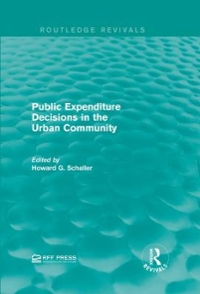Question
In 2018, Mexican president Andrs Manuel Lpez Obrador announced plans for the Tren Maya, a massive rail infrastructure project that would connect much of the
In 2018, Mexican president Andrs Manuel Lpez Obrador announced plans for the "Tren Maya," a massive rail infrastructure project that would connect much of the Yucatn Peninsula via a 950 mile train line. The project, scheduled for completion in 2023, has attracted vocal support and vocal criticism all over Mexico and the Caribbean.
As you might imagine, much of the construction is taking place on and around lands that were once part of the Mayan empire, and there is an enormous amount of archaeological material left over from that time. Some of it has been thoroughly excavated, interpreted and incorporated into the historical record. Some of it has barely been touched.
As you also might imagine, supporters of the project cite economic development as the major incentive for the project, and critics cite potential environmental damage as the major incentive against it. What might surprise you, however, is that both supporters and critics cite the regions rich history and its archaeological remains to make their cases.
How do supporters and critics of the "Maya Train" each make use of the region's history? What is at stake in the outcome of their disagreement?
Step by Step Solution
There are 3 Steps involved in it
Step: 1

Get Instant Access to Expert-Tailored Solutions
See step-by-step solutions with expert insights and AI powered tools for academic success
Step: 2

Step: 3

Ace Your Homework with AI
Get the answers you need in no time with our AI-driven, step-by-step assistance
Get Started


